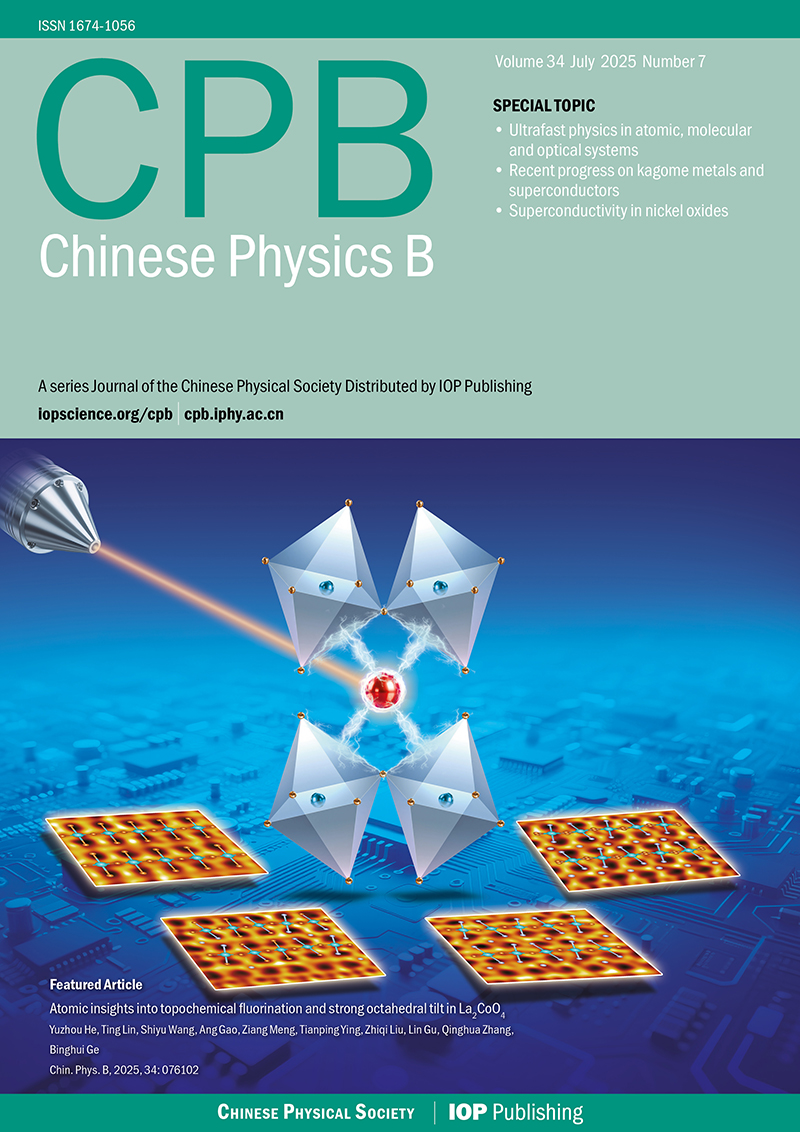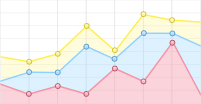UAV flight test of plasma slats and ailerons with microsecond dielectric barrier discharge
- Available Online: 01/01/2018
-
Key words:
- plasma flow control /
- flight test /
- dielectric barrier discharge /
- UAV
Abstract: Plasma flow control (PFC) is a promising active flow control method with its unique advantages including the absence of moving components, fast response, easy implementation, and stable operation. The effectiveness of plasma flow con-trol by microsecond dielectric barrier discharge (μs-DBD), and by nanosecond dielectric barrier discharge (NS-DBD) are compared through the wind tunnel tests, showing a similar performance between μs-DBD and NS-DBD. Furthermore, the μs-DBD is implemented on an unmanned aerial vehicle (UAV), which is a scaled model of a newly developed amphibious plane. The wingspan of the model is 2.87m, and the airspeed is no less than 30m/s. The flight data, static pressure data, and Tufts images are recorded and analyzed in detail. Results of the flight test show that the μs-DBD works well on board without affecting the normal operation of the UAV model. When the actuators are turned on, the stall angle and maximum lift coefficient can be improved by 1.3?and 10.4%, and the static pressure at the leading edge of the wing can be reduced effectively in a proper range of angle of attack, which shows the ability of μs-DBD to act as plasma slats. The rolling moment produced by left-side μs-DBD actuation is greater than that produced by the maximum deflection of ailerons, which indicates the potential of μs-DBD to act as plasma ailerons. The results verify the feasibility and efficacy of μs-DBD plasma flow control in a real flight and lay the foundation for the full-sized airplane application.

 首页
首页 登录
登录 注册
注册






 DownLoad:
DownLoad: